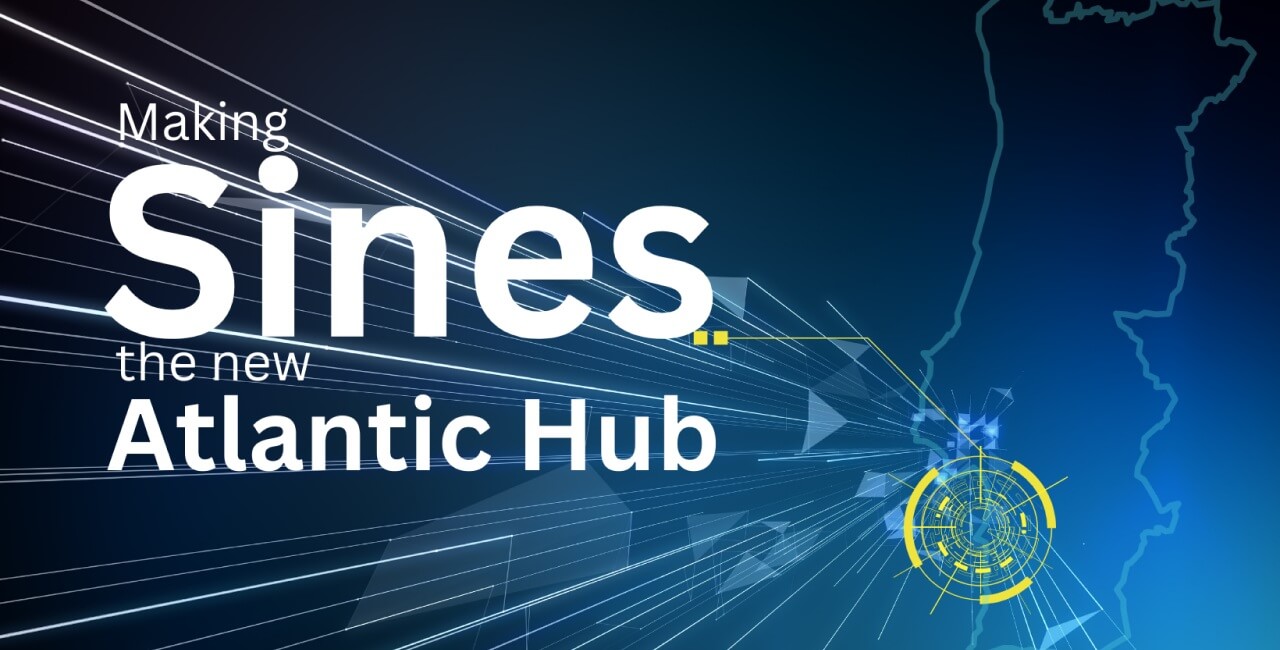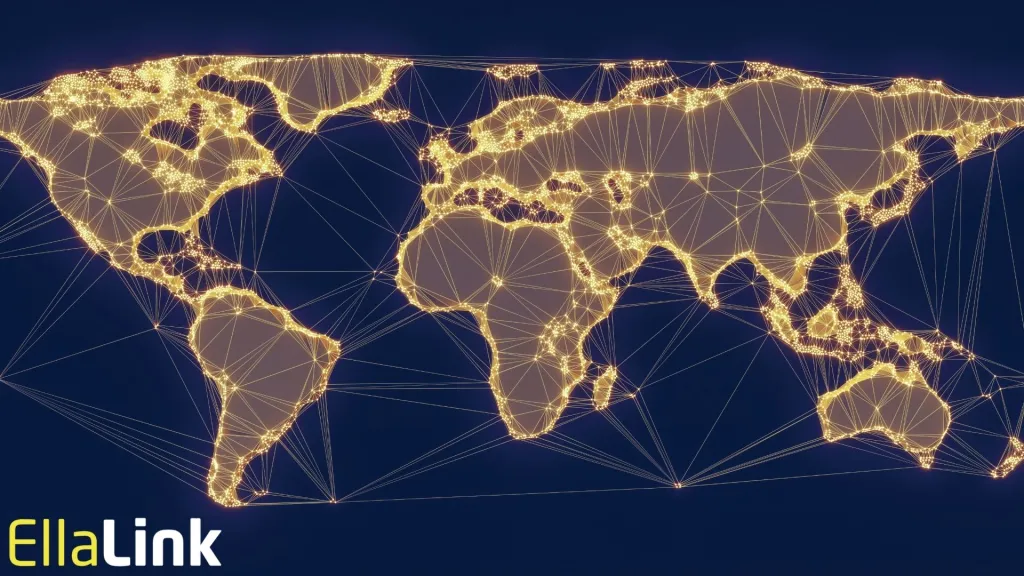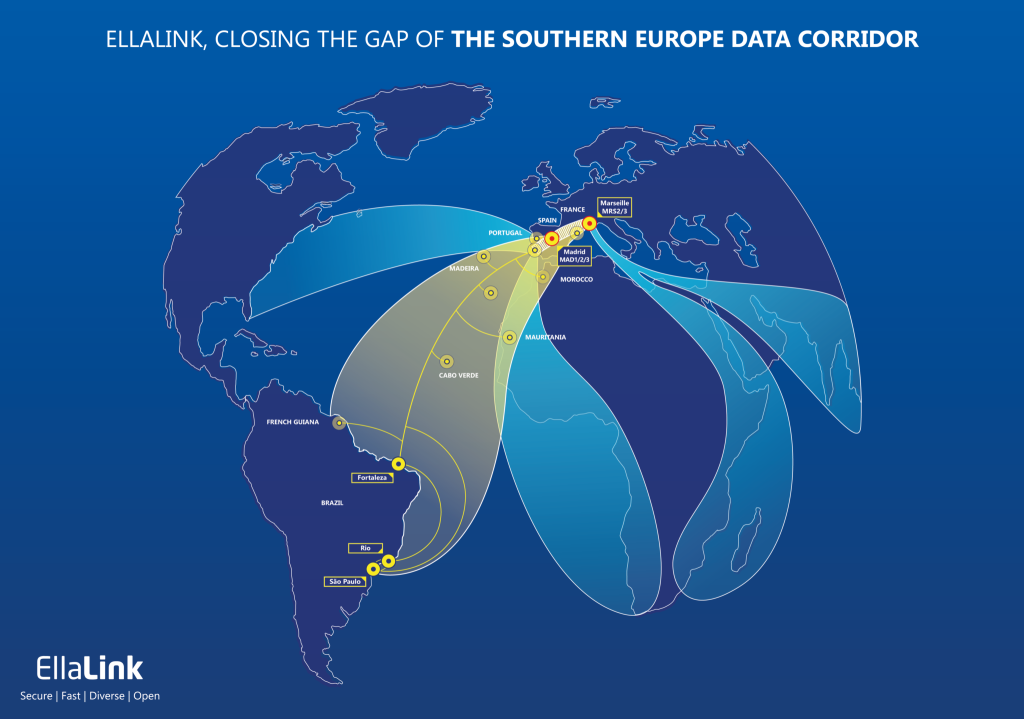EllaLink: Pioneering Ocean Science and Connectivity with Clockwork Synergy
By Saima May Sidik (Eos/AGU), referencing the work published by Liu et al. in Geophysical Research Letters, published in eos.org
Transforming the Atlantic: EllaLink’s Groundbreaking Dual Purpose
The EllaLink submarine cable stretches beneath the Atlantic, forging a direct, low-latency link between Europe’s Sines, Portugal, and Fortaleza, Brazil. While recognised as a telecommunications game-changer for data transfer and connectivity, EllaLink has recently demonstrated its capacity to revolutionise ocean science, thanks to a visionary experiment by Liu et al., as reported by Saima May Sidik in Eos.
Engineering Marvel: What Makes the EllaLink Cable Unique
Unlike traditional transatlantic cables, EllaLink is engineered for both optimum data performance and resilience:
- Route: Direct path between Portugal and Brazil, minimizing delay compared to older routes that pass through North America.
- Design: Advanced armoring and cable technology for deep-water reliability along its 6,200km length.
- Capacity: Supports up to 100 terabits per second, underpinning cloud, content, scientific, and enterprise applications across two continents.
- Landing Stations: State-of-the-art facilities in Sines and Fortaleza enhance data security, accessibility, and resilience.
These features position EllaLink not only as a leader in connectivity but also as an ideal platform for subsea experimentation.
The Science Breakthrough: How Ocean Sensing Became Reality
The innovative research led by Liu et al. showcased a powerful new use for this critical infrastructure. By integrating a fibre Bragg grating (FBG) system, the team monitored how the cable physically responds to oceanic changes, such as temperature shifts and tidal movements. Over a 77-day trial period, 82 subsea cable sections were monitored, detecting:
- Diurnal and weekly temperature variations,
- Tidal signatures across vast Atlantic stretches,
- Spectral signatures of ocean dynamics previously unmeasured in such detail from a cable.
This method provides higher precision and cost-effectiveness than earlier approaches, marking a milestone in real-time ocean monitoring.
The Role of Clockwork Networks: Precision Timing and Sensing
A critical element in the success of the experiment was the deployment of technology from Clockwork Networks. Clockwork specialises in high-precision timing and synchronisation solutions necessary for advanced sensor systems. Their contributions enabled:
- Accurate Signal Processing: By using synchronized clocks and precise measurements, Clockwork’s technology ensured the FBG sensors could detect minuscule strain and temperature changes along the cable.
- Real-time Data Integrity: Clockwork’s systems maintained time-aligned, low-latency data transmission essential for scientific observation without loss or interference.
- Scalability: The approach can be expanded to other cable systems, making the method viable for a global ocean sensor network.
EllaLink’s Broader Impact: From Telecom Backbone to Environmental Sentinel
EllaLink is at the heart of this pioneering demonstration, illustrating how telecom infrastructure can also benefit the broader scientific and environmental community.
With continuous, cable-based monitoring, scientists are able to track the long-term effects of climate change on the ocean. This allows for better understanding of heat uptake, rising sea levels, and extreme weather events.
The availability of real-time data also improves the monitoring of seismic and tsunami activity, providing earlier warnings for vulnerable coastal communities.
By serving both as a communications and sensing platform, EllaLink is a prime example of sustainable innovation, helping to ensure existing infrastructure is used to its full potential for society’s benefit.
This article was developed considering the issue published under: Geophysical Research Letters, Volume: 52, Issue: 12, First published: 10 June 2025, DOI: (10.1029/2024GL114414)
You May Also Like
Sines: the new gateway from Latin America to Europe
The Peninsula is becoming an alternative interconnection between Europe and other continents. As a r
What are submarine cable?
Oceanic data transmission is made possible through submarine cables, which link continents and are e
EU Brazil Conference on digital economy and innovation
Philippe Dumont, EllaLink’s CEO, recently attended the 2nd EU-Brazil conference on digital econom


